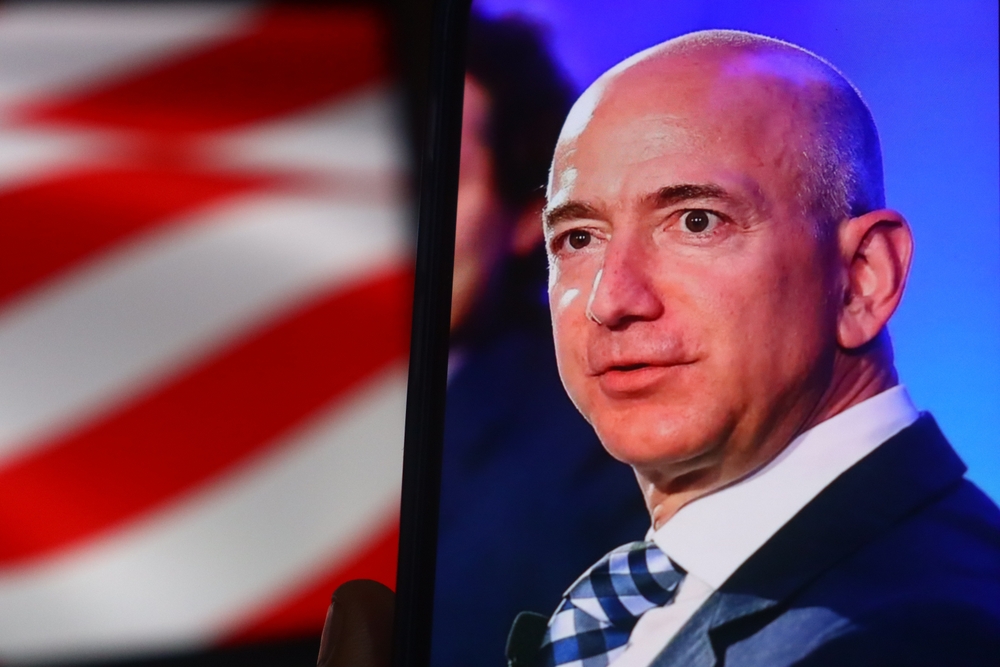Most leaders slow down because they chase too much. They switch strategy every quarter. They overbuild. Then they wonder why nothing compounds.
That’s not how top CEOs succeed.
They build momentum by repeating what works. Not once. Not twice. Constantly. The effect gets stronger with each pass. That’s what Jim Collins called the flywheel—an idea he introduced in Good to Great. It’s simple, but hard to stick with.
You’ve probably seen it mentioned before. But most articles gloss over what it actually takes to make one work. This doesn’t.
How Top CEOs Use the Flywheel
This is what it looks like when done properly:
Jeff Bezos (Amazon)
• Prioritize customer needs
• Lower costs
• Add product range
• Reinvest gains
• Repeat
That loop built scale. Scale built dominance.
• Shift culture
• Bet on cloud
• Align hiring and strategy
• Kill legacy projects
• Double down
Microsoft grew because it committed to one direction.
• Focus on electric
• Cut red tape
• Push long-term thinking
• Let competitors chase headlines
• Keep building
She turned a legacy brand into a forward-looking company.
• Make big bets
• Push teams past limits
• Own supply chains
• Deliver, then expand
• Use attention as leverage
Each win created the next one.
If You Don’t Run a Fortune 500, Does This Still Apply?
Yes. But only if you stop acting like every tactic matters. They don’t.
Here’s how you build your own version:
1. Pick the one thing that moves the needle
2. Do it again
3. Cut anything that pulls focus
4. Turn repeatability into growth
5. Track actual outcomes, not busywork
You don’t need vision boards or team retreats. You need consistency.
Stop Fixing. Start Turning.
If you’re stuck, you’re probably scattered. You don’t need inspiration. You need a process that compounds. Top CEOs don’t chase momentum. They build it.
That’s how top CEOs succeed. Start acting like your input matters. Because it does.













